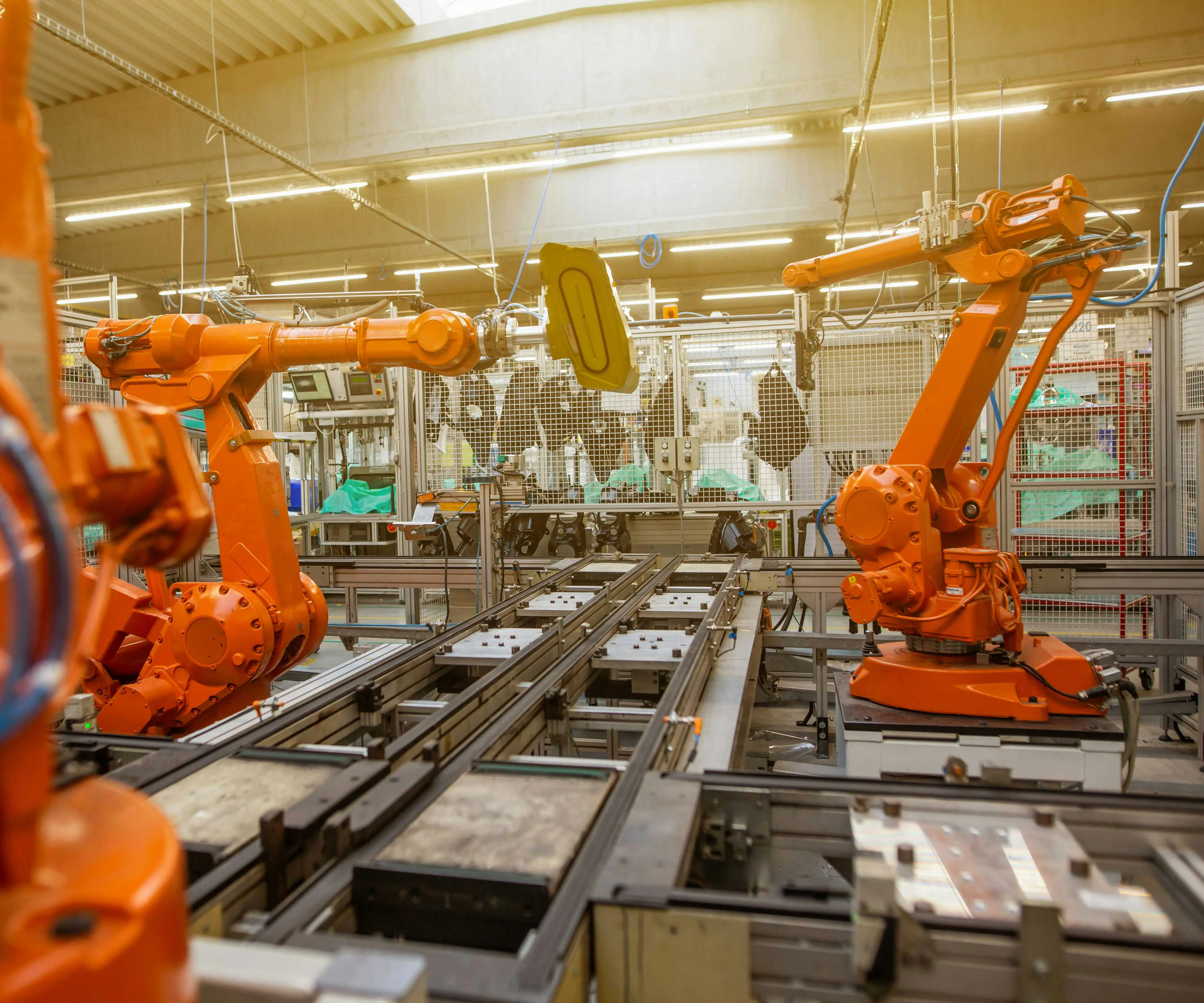Getting a micro servo arm attached might seem like a small task, but if you've ever wrestled with that tiny screw or struggled to get the arm to sit just right, you know it can be a little tricky. Don’t worry, it’s more about patience and the right technique than brute force. Plus, once you nail that connection, everything else falls into place—smooth movements, precise control, and those satisfying servo responses.

First up, check that you have all the necessary parts. Usually, you’ll need the micro servo, the arm itself, tiny screws—sometimes a washer or two—and a screwdriver small enough to handle those minuscule screws. It might sound like a lot, but everything fits pretty snugly when you do it right.
Before attaching anything, it’s good to power up the servo momentarily and see how it sits. Watch the servo arm move through its range of motion—this helps you determine the best position for your arm. You want to avoid any binding or rubbing against other parts, which can cause wear or even damage.
Now, here's a little trick: position the arm so that it's aligned in the direction you intend it to work. If you're not sure, just hold it in place gently and do a quick test run. The goal is for the arm to sit securely without wobbling. Sometimes, a tiny drop of thread-locking adhesive on the screw threads can make a big difference—just a drop to keep things tight, especially if the servo will see a lot of movement or vibration.
When it’s time to tighten the screw, don’t go too crazy. Tighten just enough to hold everything in place—over-tightening can strip the tiny screw threads or even crack the arm. Remember that micro screws are delicate—think of them like glass, not steel.
People often ask: “How do I prevent the arm from slipping or coming loose over time?” Good question. Besides the thread-lock, make sure the servo horn’s holes and the arm’s mounting points line up perfectly. Sometimes, substituting a washer or using a slightly thicker screw helps tighten things up without overpowering.
An interesting thing to keep in mind: sometimes the arm isn’t perfectly aligned with the servo's output shaft. A bit of gentle adjustment, even some sanding or trimming the arm slightly, can improve fit and movement. If you notice any binding during operation, double-check that your arm isn’t rubbing against other parts or being forced into a weird angle.
And yes, a little patience goes a long way. Trying to rush this step can lead to misaligned parts or loose connections, which only cause headaches down the line. When everything is aligned correctly, the servo responds with precision, and your project moves smoothly.
In the end, it’s about small, deliberate steps—checking alignment, securing screws properly, and keeping things balanced. Once you get the hang of attaching a micro servo arm neatly and securely, it becomes second nature. Your models, robots, or whatever you’re building will thank you with flawless performance—and that satisfying feeling of knowing your hardware is solidly in place.
Leveraging innovations in modular drive technology, Kpower integrates high-performance motors, precision reducers, and multi-protocol control systems to provide efficient and customized smart drive system solutions.




































